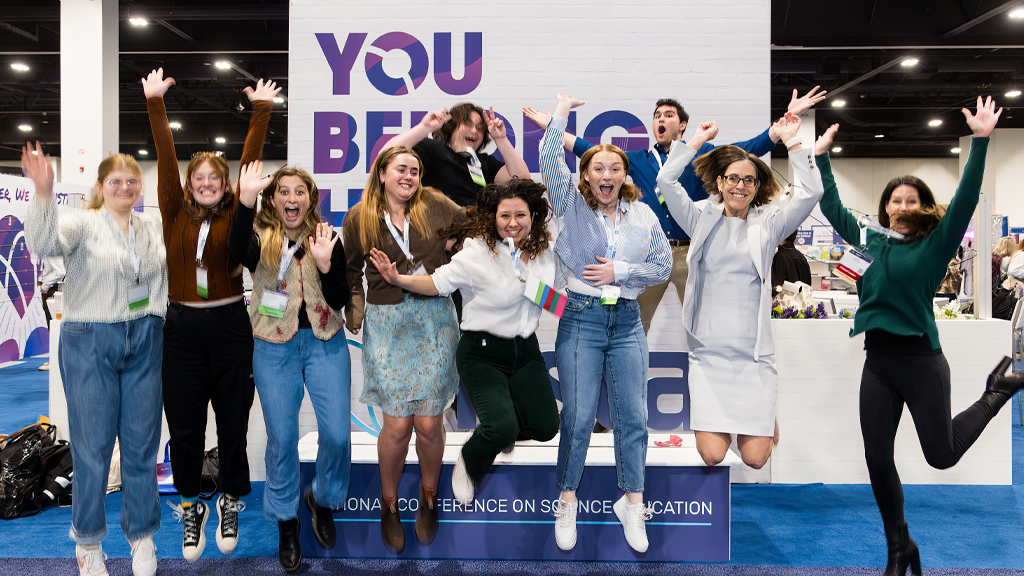Archive: NSTA Teacher Awards – Shining the Spotlight on New Teachers and Veteran Teachers, October 24, 2024
Did you come up with an innovative way to teach a lesson? Have you devoted your life to promoting science and the teaching of science? Did you successfully transform science teaching in your classroom? If you answered yes to any of these questions, then why not share your experience with others and apply for an NSTA Teacher Award?
Did you come up with an innovative way to teach a lesson? Have you devoted your life to promoting science and the teaching of science? Did you successfully transform science teaching in your classroom? If you answered yes to any of these questions, then why not share your experience with others and apply for an NSTA Teacher Award?
Did you come up with an innovative way to teach a lesson? Have you devoted your life to promoting science and the teaching of science? Did you successfully transform science teaching in your classroom? If you answered yes to any of these questions, then why not share your experience with others and apply for an NSTA Teacher Award?
Did you come up with an innovative way to teach a lesson? Have you devoted your life to promoting science and the teaching of science? Did you successfully transform science teaching in your classroom? If you answered yes to any of these questions, then why not share your experience with others and apply for an NSTA Teacher Award?





